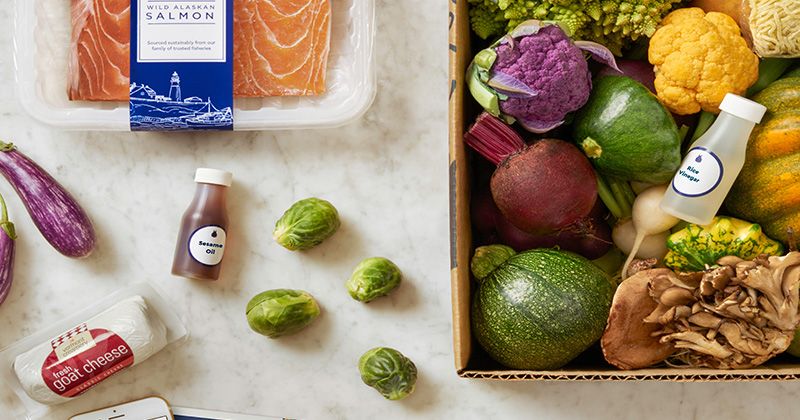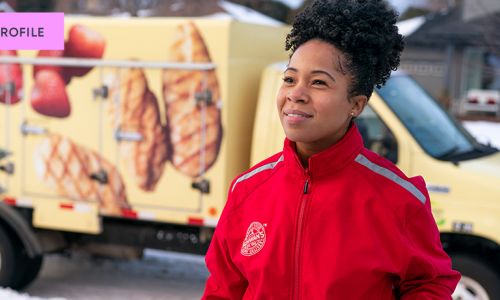Three Companies That Turn Packages Into Experiences
Consumers exist in a marketplace that has evolved into a digital landscape of effortless online orders and virtual storefronts.

Consumers exist in a marketplace that has evolved into a digital landscape of effortless online orders and virtual storefronts. Often lost in the evolution are the physical and sensory elements of the shopping experience. Customers reach out to brands knowing what they want and expecting nothing apart from the exact product.
But what if there was a change to that formula? What if the trusted relationship consumers have with brands mattered more than the products themselves? What if more emphasis was put on the tangible rather than virtual?
Several companies have embraced the concept of leading with the experience over products. There is a growing direct-to-consumer retail trend where companies ship customized boxes of kitschy items to subscribers on a regular basis. From food and toys to beauty products and clothes, the experience is built on anticipation and excitement around specific customer needs, not the products themselves. Here are three examples.
Loot Crate
In a world where Game of Thrones and The Walking Dead have asserted pop culture dominance, Loot Crate reigns king in delivering to its audience. A subscription-based company, Loot Crate delivers an assortment of clothing and knickknacks drawn from superheroes, video games, and media. The service constantly changes its themes, with packages arriving four times a month in crisp black boxes containing surprise merchandise. One month may be a Han Solo action figure, another could be an egg carton with Alien creatures. As its website puts it, “It’s the best surprise you know is coming.”
The magic here lies in Loot Crate’s ability to know its customers. Customer engagement is brought about by walking a fine line between what the buyer does and does not know about what he or she will receive. There is a general idea, but the mystery lies in exactly what each box will contain. Customers can select preferences like shirt size and genres like anime or superheroes, but the contents are left up to Loot Crate. So far the company has more than 600,000 subscribers since it launched in 2016, according to the Los Angeles Business Journal.
Kidbox
Similarly, Kidbox, which ships assorted children’s clothes, engages its customers with customization. Like Loot Crate, the final product the customer receives is unknown, although Kidbox gives customers a say in their preferences. Through a step-by-step program, buyers narrow down what clothes they prefer in their package, from preppy and athletic styles, to baggy and slim fit. Once the preferences are set, it’s up to the company to re-enforce the trust that it can put together a worthy package.
Unlike Loot Crate, Kidbox customers can choose what they keep, paying for what they want and sending anything else back. Kidbox excels in engaging the customer through an online marketplace that backs the user with guarantees that conventional stores would have, such as return policies. It boosts curiosity without much risk. This is also backed by the major brands that are distributed through the website such as Adidas, Reebok, and Puma.
Blue Apron
Each week Blue Apron boxes arrive on customers’ doorsteps with a meal. But instead of a ready dinner, it’s a set of ingredients and a recipe. Based off meal plans for two people or families, the company delivers a culinary experience. Its engagement is more transparent than the above companies, allowing customers to view high quality photos of the meals they will receive for the week. According to Bloomberg, Blue Apron’s revenues reached nearly $1 billion in 2016.
While Blue Apron leaves out the surprise of the delivery, it builds off the excitement of creating a new cooking experience for the customer. Surely a customer would look forward to the meal, yet the real magic is in the customer becoming emotionally invested in the product. You know you will receive a dish that will engage your senses and test your culinary skills, creating a sense of accomplishment for customers as they go on a personal journey with Blue Apron. While most companies are speeding up transactions and automating where possible, Blue Apron stands out by letting customers take their time to enjoy the product on their own terms, building an emotional experience in the process.
These three examples show that while many companies look to satisfy cravings for instant gratification, it also pays to create an emotional experience that grows over time. These nontraditional companies turn simple boxes into experiences that can’t always be had online or automated.





